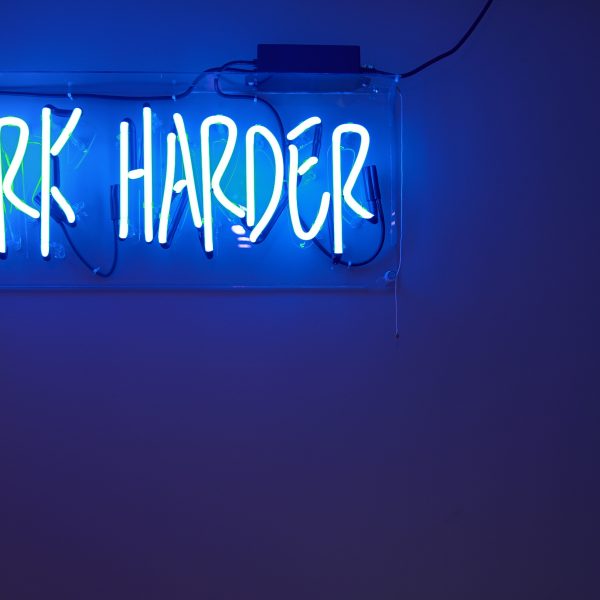The role of rituals in building strong ECEC teams aligned with core values

What’s the first thing that springs to mind when you hear the word “ritual?” Sitting at the same place at the table for Christmas dinner every year? Something you see happening in a place of worship? Always ending off a call to a loved one with the same phrase?
In its simplest form, a ritual is a sequence of activities, involving words, gestures and objects, performed typically in the same place, and typically in the same order. Even more simply, rituals are meaningful, recurring practices designed to grow connection.
So what do rituals have to do with early childhood education and care (ECEC) leadership, and how can they help those who lead ECEC teams to connect educators and other professionals to the beliefs of a centre or organisation?
Seeing rituals in the everyday
Centres and services create and participate in rituals all the time. There’s a ritual for how birthdays are celebrated and acknowledged amongst the staff team. There’s a ritual for when someone leaves your space to begin a different job. There are rituals for births, deaths, marriages, and other life events.
There are smaller rituals too – the way in which the stories that define the culture of the workplace are told and shared; rituals around a time, space and place to gather and eat. Rituals, big and small, engage the people sharing the work space in a collective experience of something larger than themselves.
Rituals can communicate what matters and doesn’t matter to a workplace, and can instil a shared sense of purpose. When they are positive and inclusive, rituals can spark creativity, joy, and behaviours that make the workplace better. They can be powerful drivers of culture.
At their worst, rituals can be damaging and corrosive, encouraging negative behaviours, and preventing people from doing and being their best.
How can we change the rituals?
This piece, from the Huffington Post, provides some reflective questions to support services and settings who want to create rituals to drive the workplace culture and emotional climate in a positive way.
First, setting an intention: What are our values? What is our purpose?
Then: what mindset and behaviours will move us closer to meeting our values?
Then: how do our current rituals move us closer to, or further from, achieving our values?
An ECEC example
An organisation or service may have a core value of “integrity”. While each individual organisation and service has their own interpretation of integrity as a core value, a generally accepted definition of integrity is “doing the right thing, even when no one is looking”.
The purpose behind a value of integrity is to create an environment where those working within the service or organisation can be trusted to perform their assigned tasks to the best of their ability at all times.
In the context of ECEC, this is especially important, given parents and families are entrusting their children to the care of the service, not being able to observe how the day unfolds. Parents and families are trusting the service to act with integrity when they are not looking.
The mindset and behaviours that move a service closer to the goal are a commitment to behave in line with the Early Childhood Australia Code of Ethics, and a culture which supports those within it to reflect on their actions and performance in line with the goal.
A simple ritual which moves employees closer to the goal of acting with integrity is the way in which errors or mistakes are handled.
In a setting where integrity is a lived value, employees will feel open to “own up” and be accountable for mistakes, demonstrating a willingness to be open to constructive feedback. The “ritual” element centres on how the employee approaches the issue, how the issue is handled, and what the process is around resolving the problem.
In an organisation acting with integrity, the ritual around the way that mistakes are managed may involve:
- a quiet and private time and space to talk;
- connection with external sources, such as the Code of Ethics, and internal policies; or,
- a period of reflection, coupled with an action plan to make change.
The person with power in the situation, such as a leader or manager, would act with integrity, and use their knowledge and skills to guide and support the person who made the mistake.
A ritual which may detract from the core value of integrity may involve:
- addressing the issue in front of others in the group;
- not giving the employee adequate time to prepare for the meeting;
- dismissing external sources which support their perspective, relying only on internal knowledge; or,
- not providing a way forward, or reflecting on “lessons learnt”.
Ritual or habit?
Habits are things we do, often each day, without thinking. Perhaps brushing our teeth, feeding the dog, or making the bed. These are things we have done repeatedly, become used to, and are now automated behaviours.
Rituals, on the other hand, are more meaningful and mindful. Rituals are, typically, something done in order to prepare. To use the integrity example above, the ritual around handling mistakes prepares us to have a conversation that may be confronting or difficult, and we enter mindfully into that space.
Unlike habits, which we complete without thinking, rituals are done with intention and focus, requiring both intent and engagement. Habits typically involve a single action, repeated often – like putting your keys in the same place when you arrive home each night. Rituals, on the other hand, tend to have a defined sequence – a time when we start, a time during, and a time at the end.
Rituals and personal growth
Studies have shown that superstitious rituals – such as wearing the same “lucky socks” each time you play a sport – are successful not because the socks themselves are lucky, but because of the belief associated with them. Superstitious rituals enhance people’s perceived abilities, motivate greater effort, and improve subsequent performance.
To use the example of integrity above, telling a team of employees that this is a place where integrity is noticed and rewarded – and then noticing and rewarding – will inspire the team to act with more integrity.
Practicing an “integrity ritual” such as the one outlined above not only improves the team culture, but improves the team as individuals also.
For more guidance on rituals and leadership, see here.
Popular

Economics
Policy
Provider
Workforce
Prime Minister Albanese backs Tasmanian Labor’s childcare plan, highlights national early learning progress
2025-06-30 10:42:02
by Fiona Alston

Economics
Provider
Quality
Practice
Policy
Workforce
South Australia announces major OSHC sector reforms aimed at boosting quality and access
2025-06-30 09:49:48
by Fiona Alston

Events News
Marketplace
Practice
Provider
Quality
Research
Workforce
How do you build and keep your dream team? ECEC Workforce and Wellbeing Forum tackles the big questions
2025-06-24 15:20:53
by Fiona Alston












